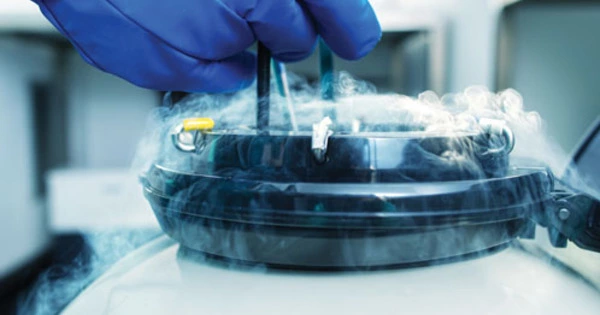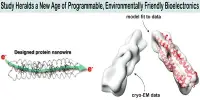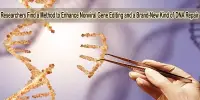Cryo Conservation, also known as Cryopreservation, is the process of preserving biological materials at extremely low temperatures, such as cells, tissues, organs, or even whole organisms. The goal of cryo conservation is to keep these materials viable and functional for an extended period of time.
It is a process in which biological material (cells, tissues, or organs) is frozen in order to preserve it for an extended period of time. Any cell metabolism that could cause damage to the biological material in question is effectively stopped at low temperatures (typically −80°C (−112°F) or −196 °C (−321°F) using liquid nitrogen). Cryopreservation is an efficient method for transporting biological samples over long distances, storing samples for extended periods of time, and creating a sample bank for users.
The biological samples are typically cooled to extremely low temperatures, usually below -130 degrees Celsius (-202 degrees Fahrenheit), and stored in specialised containers known as cryogenic storage units. These units are intended to keep a constant low temperature by using liquid nitrogen or helium as a cooling agent.
Cryo conservation has a wide range of applications in various fields, including medicine, research, and biodiversity preservation. Here are a few examples of its uses:
- Medical Applications: Cryopreservation is used in assisted reproductive technologies such as freezing sperm, eggs, and embryos for later use in IVF. It is also used to keep stem cells, which have the potential to be used to treat a variety of diseases and injuries. Cryo conservation can also be used to preserve tissues and organs for transplantation.
- Research and Biobanking: Long-term storage of biological samples used in scientific research requires cryopreservation. It enables researchers to keep specimens for future studies and ensures their viability and integrity over long periods of time. Cryo conservation techniques are frequently used in biobanks, which are repositories of biological materials for research purposes.
- Biodiversity Preservation: Cryo conservation is critical for the preservation of endangered species and genetic diversity. Plant, animal, and microorganism samples can be stored in cryogenic facilities as a precaution against species extinction or genetic loss. These collections, known as cryobanks or seed banks, aid in conservation efforts and future research.
Overall, cryo conservation is a valuable method of preserving biological materials for medical, research, and conservation purposes, allowing for potential future use and study of these materials.
















